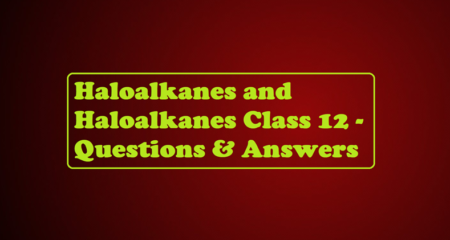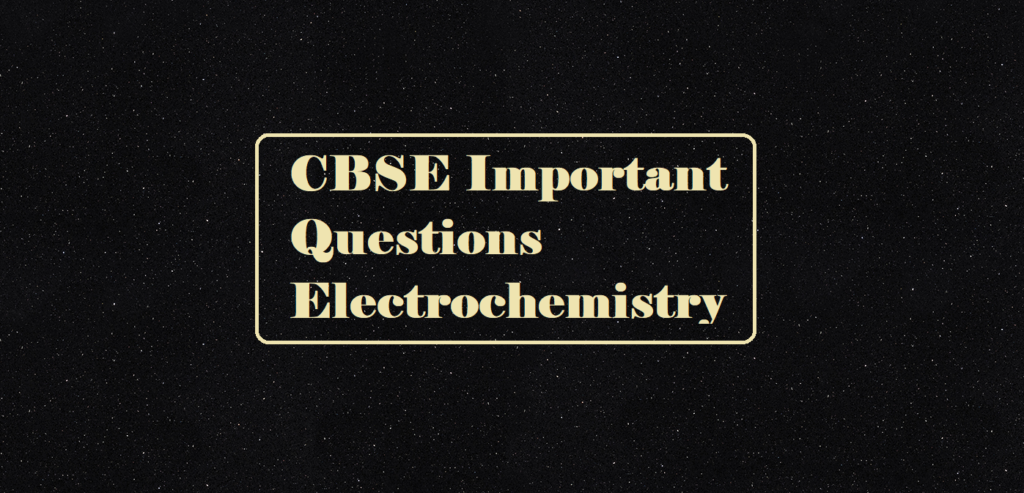d and f Block Elements Assertion Reason Questions
d and f Block Elements Assertion Reason Questions
(a) Assertion and reason both are correct and the reason is the correct explanation of assertion.
(b) Both assertion and reason are true but the reason is not the correct explanation of assertion.
(c) Assertion is correct but Reason is incorrect
(d) Assertion is a wrong statement but the reason is a correct statement
(e) Both Assertion and Reason are incorrect
Q 1. Assertion: Members of the 4d and 5d series of transition elements have nearly the same atomic radii.
Reason: Atomic and ionic radii for transition elements are smaller than their corresponding s-block elements.
Q 2. Assertion: A solution of ferric chloride on standing gives a brown precipitate.
Reason: FeCl3 possesses covalent bonds and a chlorine bridge structure.
Q 3. Assertion: Transition metals form complexes.
Reason: Transition metals have unpaired electrons.
Q 4. Assertion: Ce4+ is used as an oxidizing agent in volumetric analysis.
Reason: Ce4+ has the tendency of attaining a +3 oxidation state.
Q 5. Assertion: In transition elements ns orbital is filled up first and (n -1)d afterward, during ionization ns electrons are lost prior to (n-1) electrons.
Reason: The effective nuclear charge felt by (n-1)d electrons is higher as compared to that by ns electrons.
Q 6. Assertion: Amongst Cu2+ and Cu+ ions, the more stable ions are Cu2+.
Reason: For the determination of stability of an ion its electrode potential is a more important factor than its electronic configuration.
Q 7. Assertion: Zn, Cd, and Hg cannot be regarded as transition elements
Reason: These elements do not belong to the d-block of the periodic table.
Q 8. Assertion: The most common oxidation state exhibited by actinoids is +2.
Reason: All actinoids possess two electrons in 7s subshell.
Q 9. Assertion: Cuprous ion (Cu+) has unpaired electrons while cupric ion (Cu2+) does not
Reason: Cuprous ion (Cu+) is colorless whereas cupric ion (Cu2+) is blue in the aqueous solution
Q 10. Assertion: Zn2+ is diamagnetic
Reason: The electrons are lost from 4s orbital to form Zn2+
Q 11. Assertion: Transition metals show variable valence.
Reason: Due to a large energy difference between the ns2 and (n -1)d electrons.
Q 12. Assertion: Na2Cr2O7 is not a primary standard in volumetric analysis.
Reason: Na2Cr2O7 is hygroscopic.
Q 13. Assertion: Promethium is a man-made element.
Reason: It is radioactive and has been prepared by artificial means.
Q 14. Assertion: Copper metal gets readily corroded in an acidic aqueous solution.
Reason: Free energy change for this process is positive.
Q 15. Assertion: The free gaseous Cr atom has six unpaired electrons.
Reason: Half-filled ‘s’ orbital has greater stability.
d and f Block Elements Assertion Reason Questions



